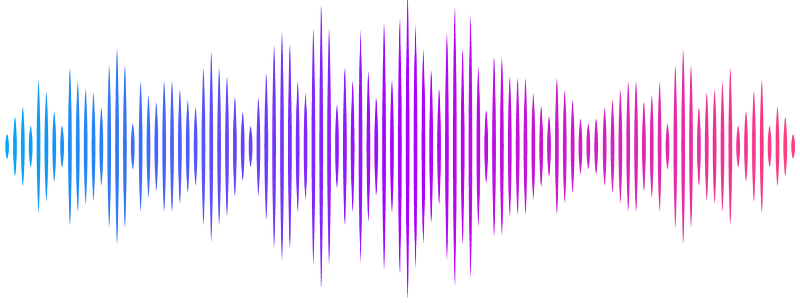Large captivity effect based on gene expression comparisons between captive and wild shrew brains

Large captivity effect based on gene expression comparisons between captive and wild shrew brains
Bedoya Duque, M. A.; Thomas, W. R.; Dechmann, D. K. N.; Nieland, J. D.; Baldoni, C.; von Elverfeldt, D.; Muturi, M.; Corthals, A.; Davalos, L. M.
AbstractCompared to their free-ranging counterparts, wild animals in captivity are subject to different conditions with lasting effects on their physiology and behavior. Alterations in gene expression in response to environmental changes occur upstream of physiological and behavioral phenotypes, but there are no experiments analyzing differential gene expression in captive vs. free-ranging mammals. We assessed gene expression profiles of three brain regions (cortex, olfactory bulb, and hippocampus) of wild juvenile shrews (Sorex araneus) in comparison to shrews kept in captivity for two months. We found hundreds of differentially expressed genes in all three brain regions, suggesting a large and uniform captivity effect. Many of the downregulated genes in captive shrews significantly enrich pathways associated with neurodegenerative disease (p<0.001), oxidative phosphorylation (p<0.001), and genes encoding ribosomal proteins (p<0.001). Transcriptomic changes associated with captivity in the shrew resemble responses identified in several human pathologies, such as major depressive disorder and neurodegeneration. Thus, not only does captivity impact brain function and expression, but captivity effects may also confound analyses of natural physiological processes in wild individuals under captive conditions.